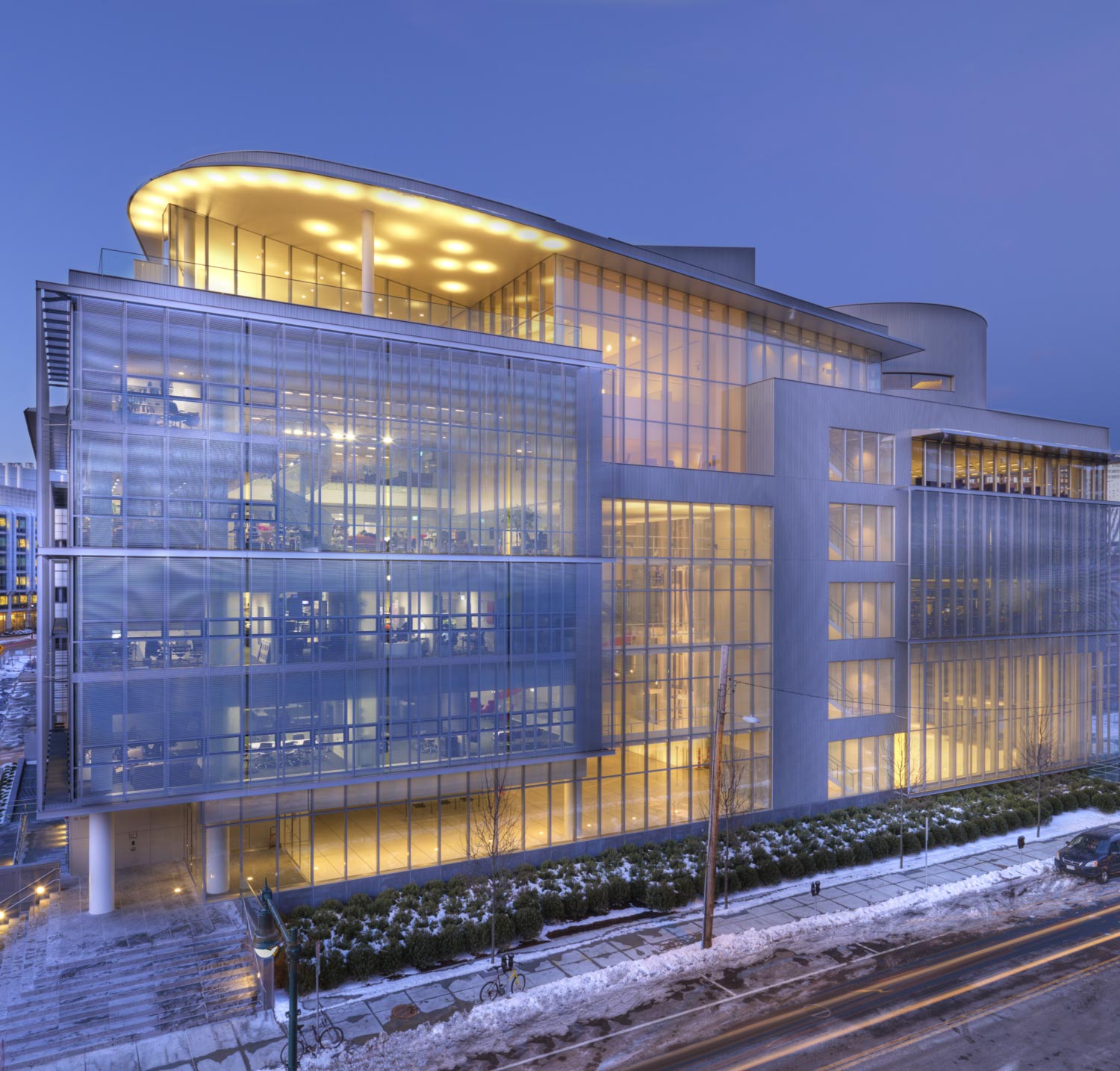The ‘super wicked problem’ of climate change is our Earthshot
Complexity and uncertainty can paralyze progress. That’s perhaps why the most important lesson students learn at MIT is to face an overwhelming problem by breaking it into parts. It’s an approach that may also be the nation’s best lever against climate change.
For more than a decade, sociologists have described global climate change as a “super wicked problem.” In Boston, that sounds like a local way of saying “really hard.” But more specifically, it means an enormously complex societal problem that has no single right answer and no clear finish line, multiple stakeholders with conflicting priorities, and no central authority empowered to solve it. What’s more, because those who share responsibility for the climate problem — all of us human beings currently alive — are simultaneously the ones trying to solve it, policy responses unreasonably favor the present over the future.
These “super wicked” layers of complexity and uncertainty are why climate change can feel paralyzing — and why tackling it is much more than a “moonshot.” Getting humans to the moon was difficult. But it was a well-defined problem with a solution based on established science, with no opposing forces other than a few laws of nature.
For the “Earthshot” we need now, we cannot count on any single government, or even all of them. The new whole-of-government US strategy on climate is game-changing. But it is only a start.
The problem requires sustained contributions from every corner of industry, every level of government, every academic institution, every foundation and philanthropist, and from all of us as individuals.
Daring to oversimplify, here’s the challenge: We must find affordable, equitable ways to bring every aspect of the global economy to net-zero carbon no later than 2050. At the same time, we must adapt to effects of climate change we can’t prevent.
To do all that in less than 30 years, we should pursue two tracks at once: On path one, we must go as far as we can, as fast as we can, with the tools we have now. And by tools, I mean not only science and technology, but also policy, infrastructure, behavioral and cultural changes, and more. All of us can be part of path one, right now.
The federal government can play a pivotal role by providing a national roadmap, sustained investment, and precise milestones to be achieved by 2030, with a commitment to regroup at that point to weigh progress and revise strategies.
But the fact is, current technology alone will not get us to the 2050 target.
Therefore, in parallel, on path two we need to invest in, invent, and deploy a suite of new tools, including science and technology breakthroughs, that it will take to fully reach the 2050 goal.
Humanity needs bold new answers across the economy, from every kind of low-carbon energy innovation, to how to wring carbon out of aviation, concrete production, supply chains, and agriculture, to techniques for pulling carbon from the atmosphere, to circular lifecycles for plastics, to policies for environmental justice and jobs for coal and oil towns, to climate models precise enough to help local communities take defensive action. This is what it means to break down the problem.
To meet this path two challenge, the research universities our region is known for have a special role: to spawn ideas that meet the needs of different sectors, and to optimize a system for speeding the mind-to-lab-to-market flow of technological answers, while helping to shape policies and processes to support adoption at scale.
For instance, to inspire daring ideas to address some of the toughest unsolved problems around climate, we launched the MIT Climate Grand Challenges. Our faculty responded with novel, potentially game-changing concepts, from capturing CO2 by domesticating fast-growing microbes to lightweight, all-carbon buildings. This fall, we will announce the first batch of high-impact ideas for intensive research toward breakthroughs.
It’s also crucial to find fast, efficient ways to deliver new solutions across the economy.
Universities can help “tough tech” ideas like these reach the market by creating specialized accelerators. MIT did just that in creating The Engine, an initiative that identifies entrepreneurs with bold new-science answers to deep societal problems and connects them with impact investors. Last fall, we were delighted to have Harvard University join us as an investor too. Ideas already in the works range from zero-emission steel production to the most promising strategy for carbon-free fusion power.
In an era when corporations are racing to meet net-zero carbon commitments, we see an opportunity to create an innovation marketplace based on collaboration, not competition. This approach is embodied in the new MIT Climate and Sustainability Consortium. Member companies include industry leaders in fields from aerospace to AI, personal devices to packaged foods. They are working with MIT researchers and with each other to dramatically speed the creation, testing, and deployment of practical climate solutions within their production processes, supply chains, and service models. Every new solution will be shared and scaled quickly, across sectors.
With a super wicked problem, nobody has all the answers. But if individuals and institutions in every part of the economy and society tackle the pieces of the problem within their reach and collaborate with each other, we have a real shot — an Earthshot — at preserving a habitable world.


